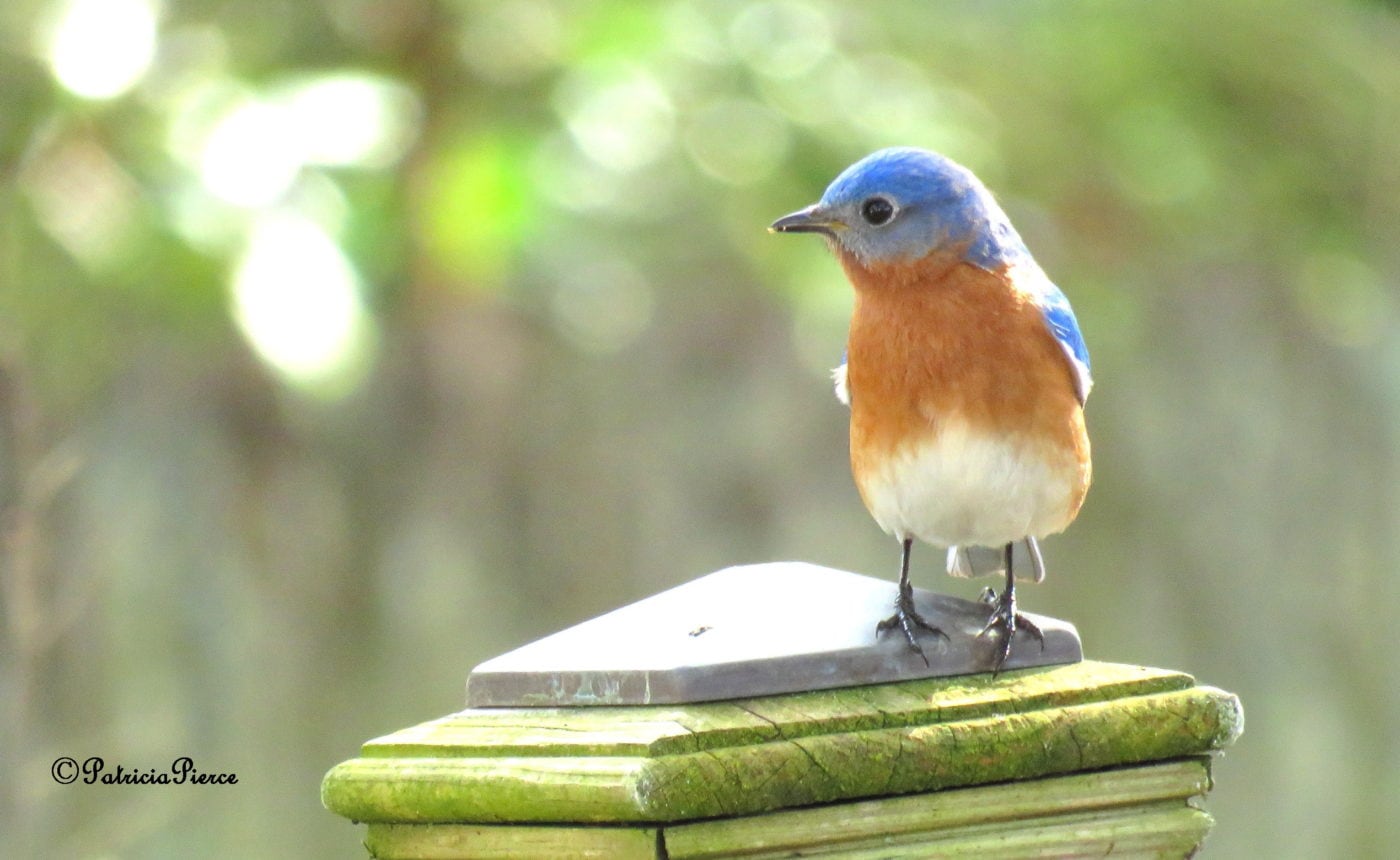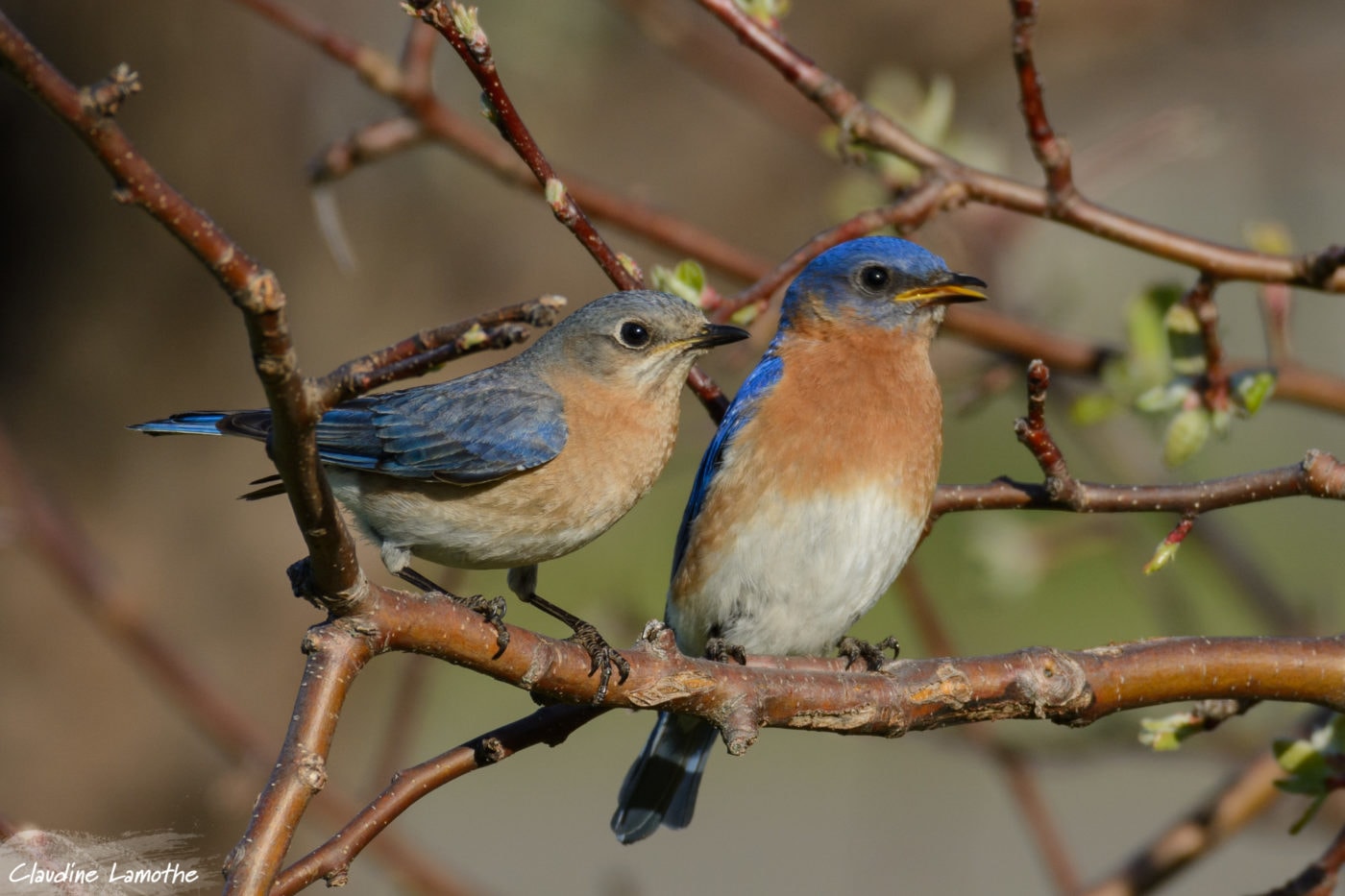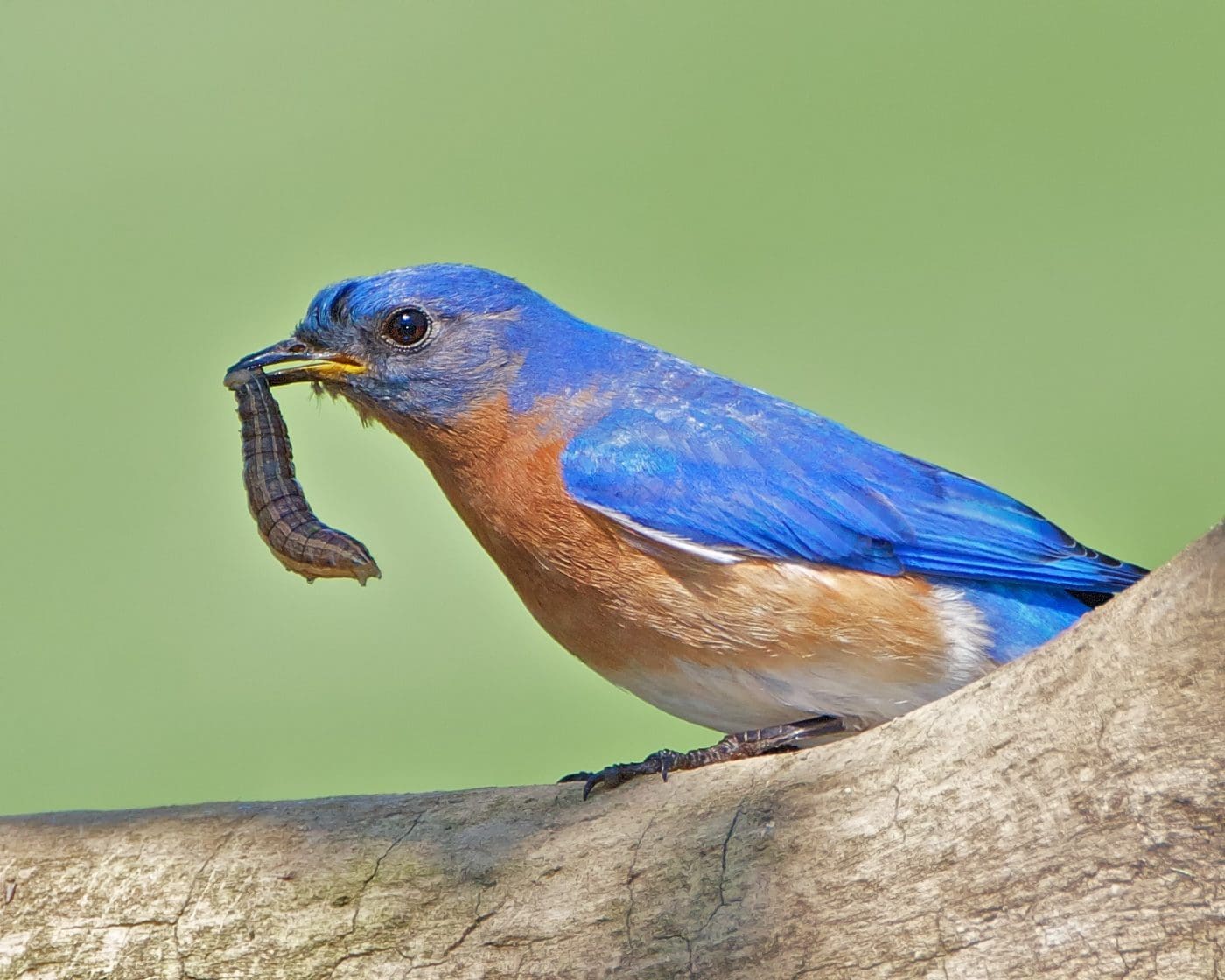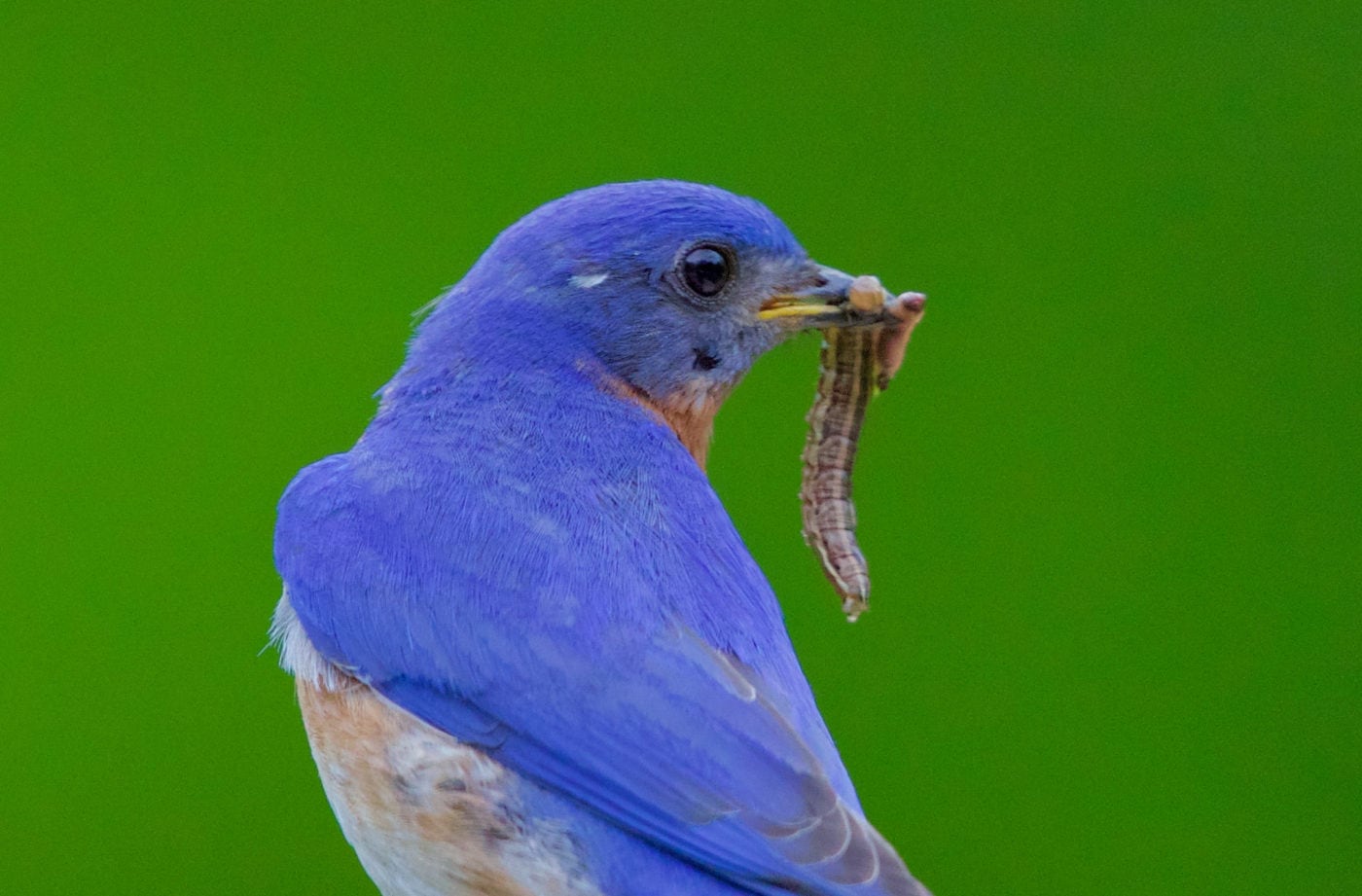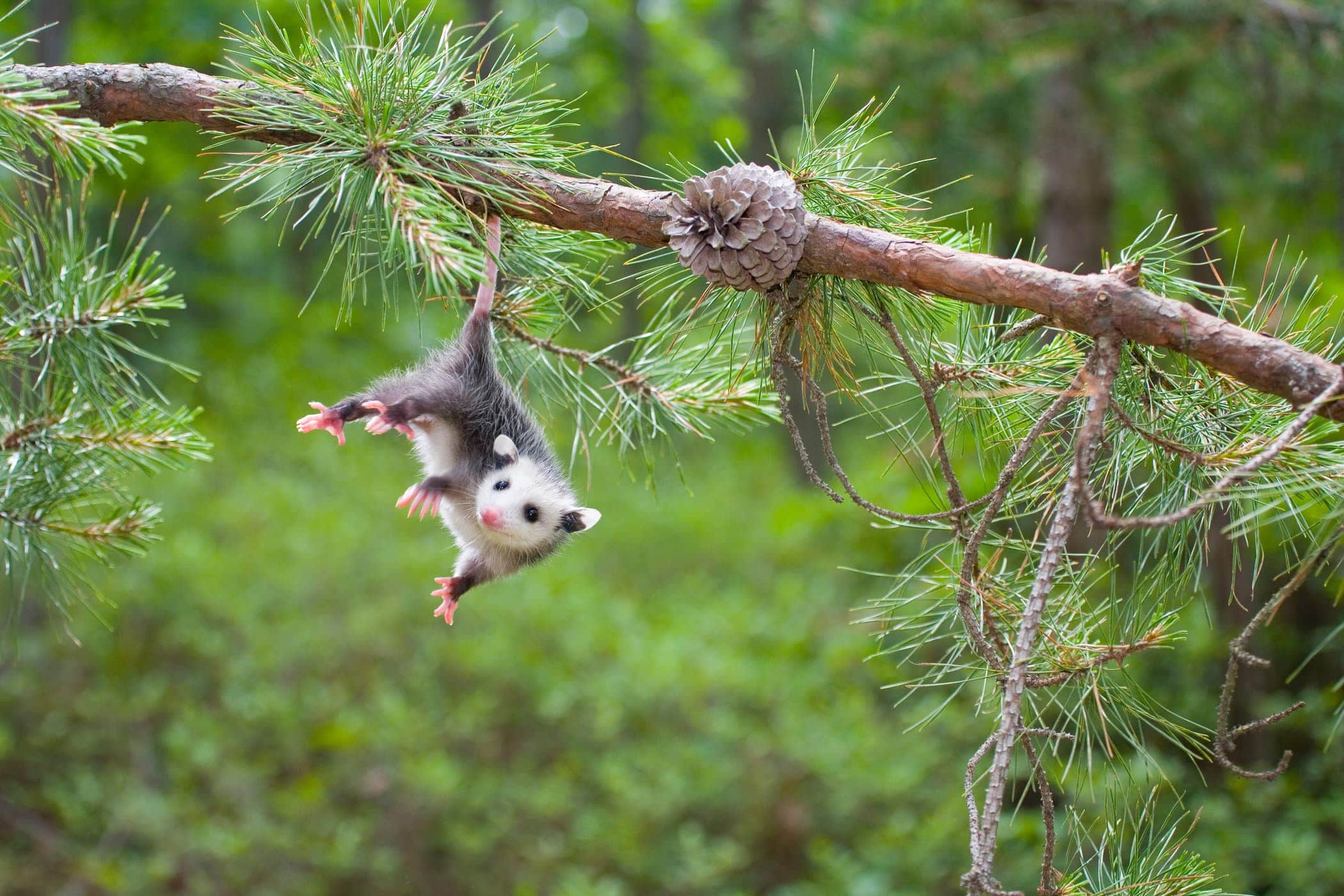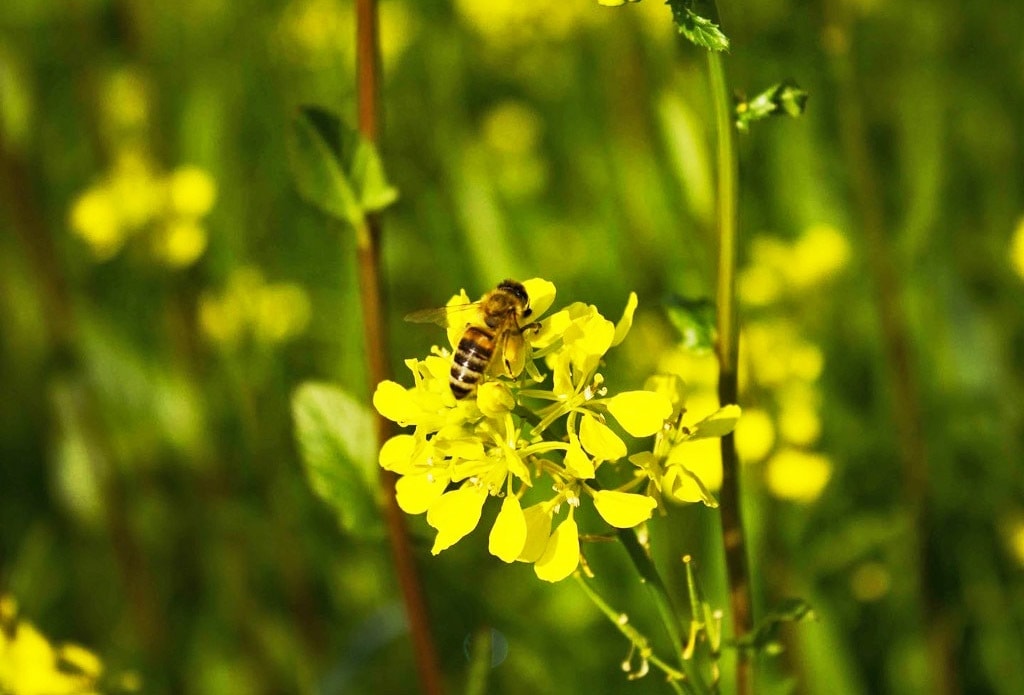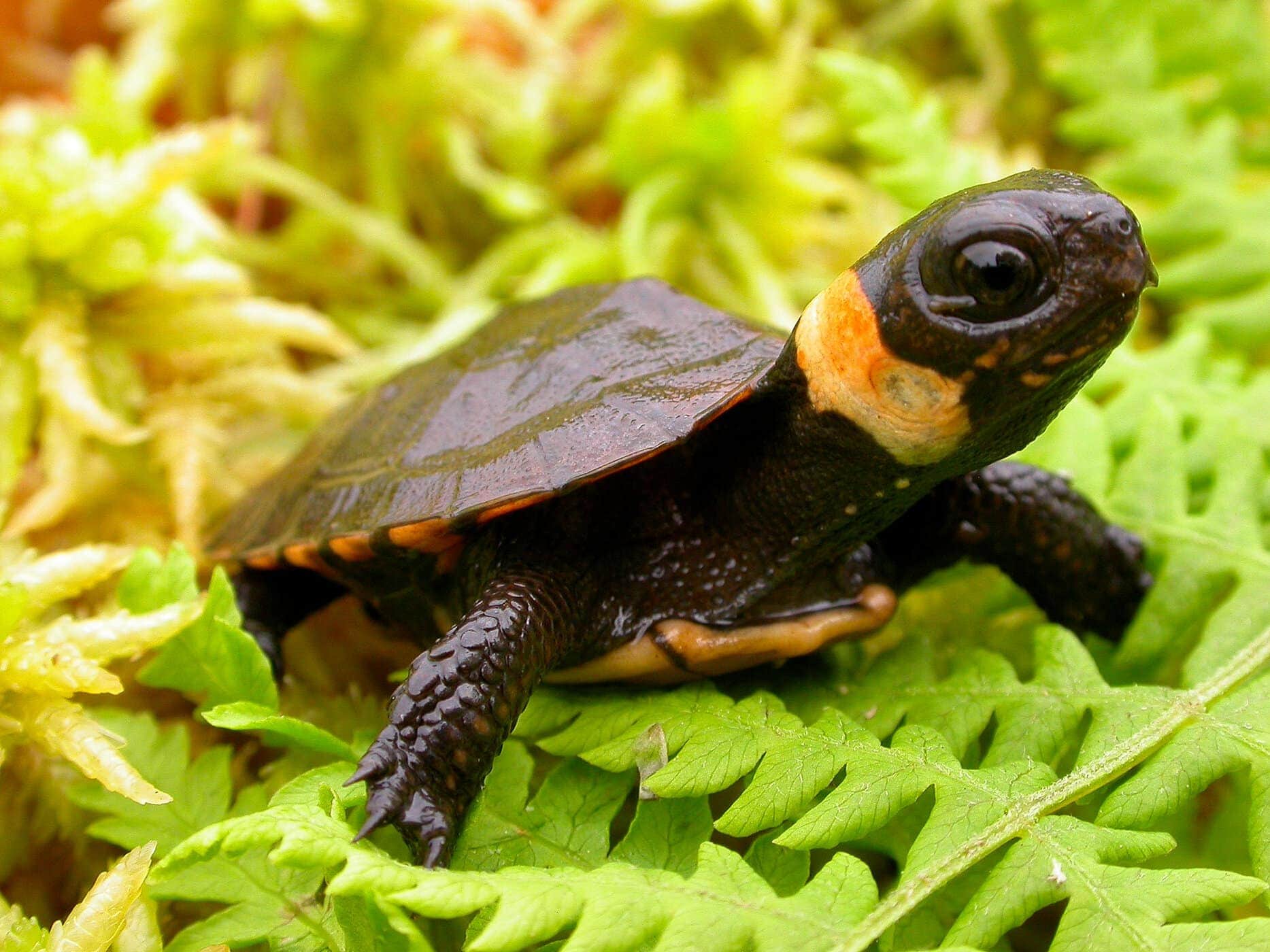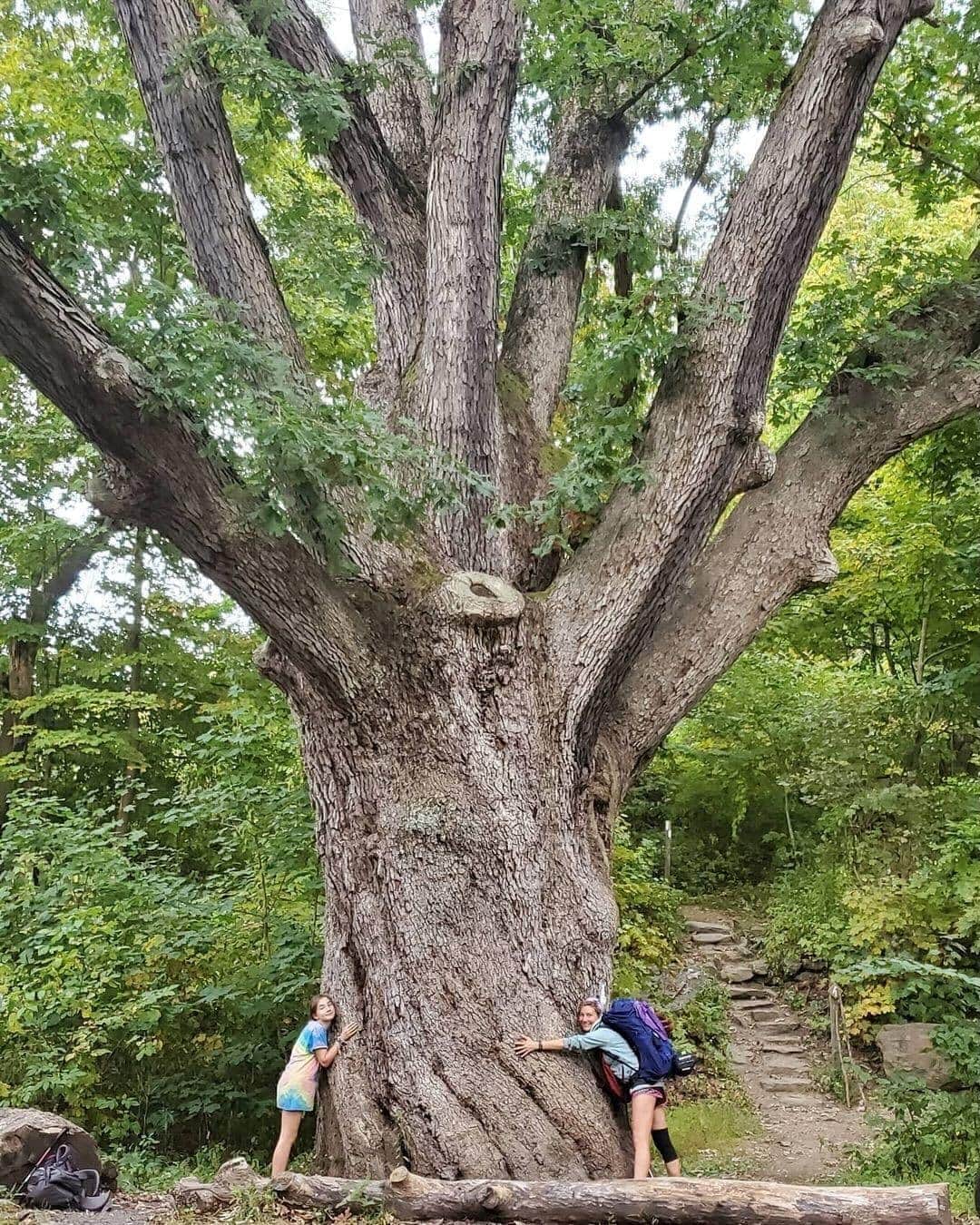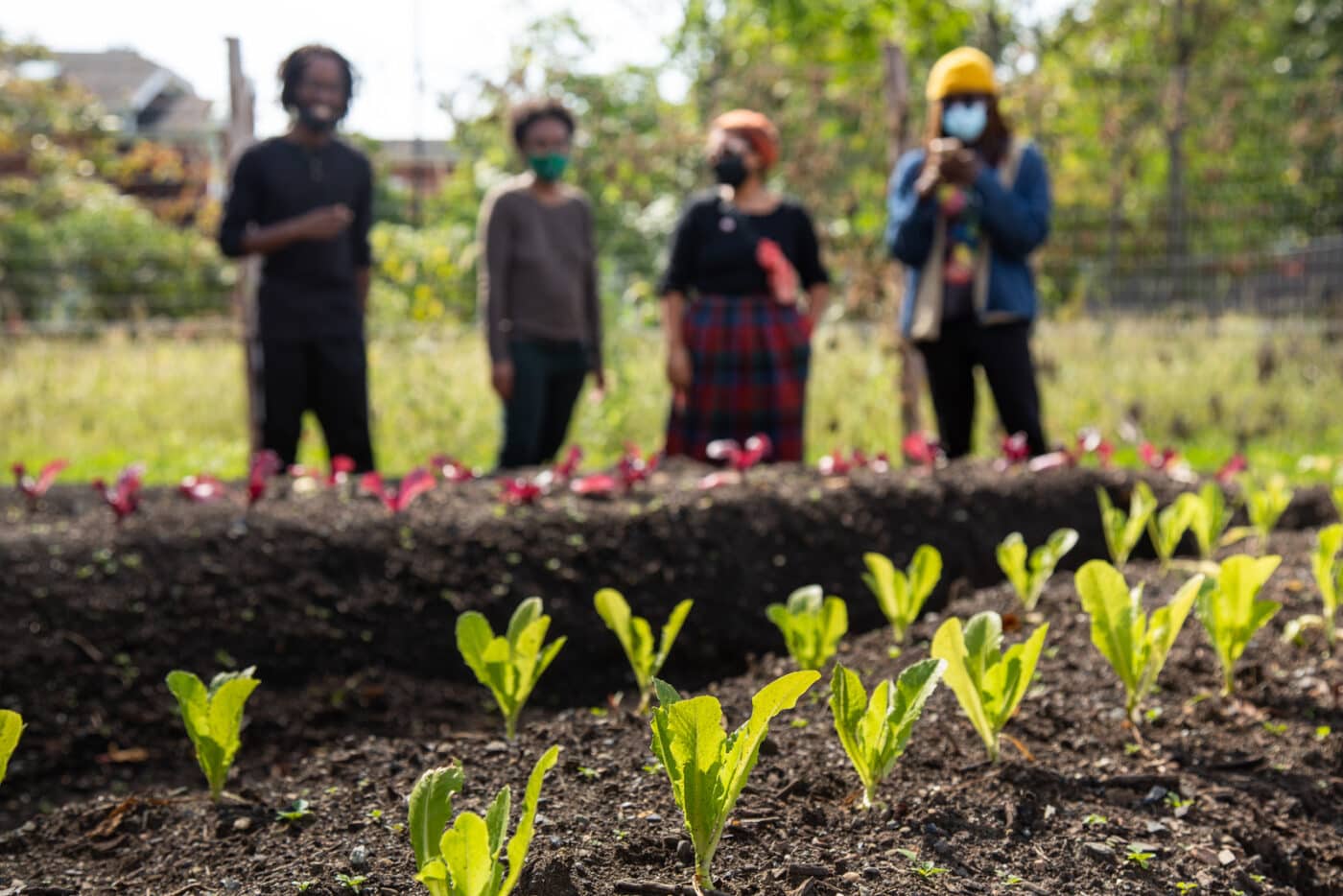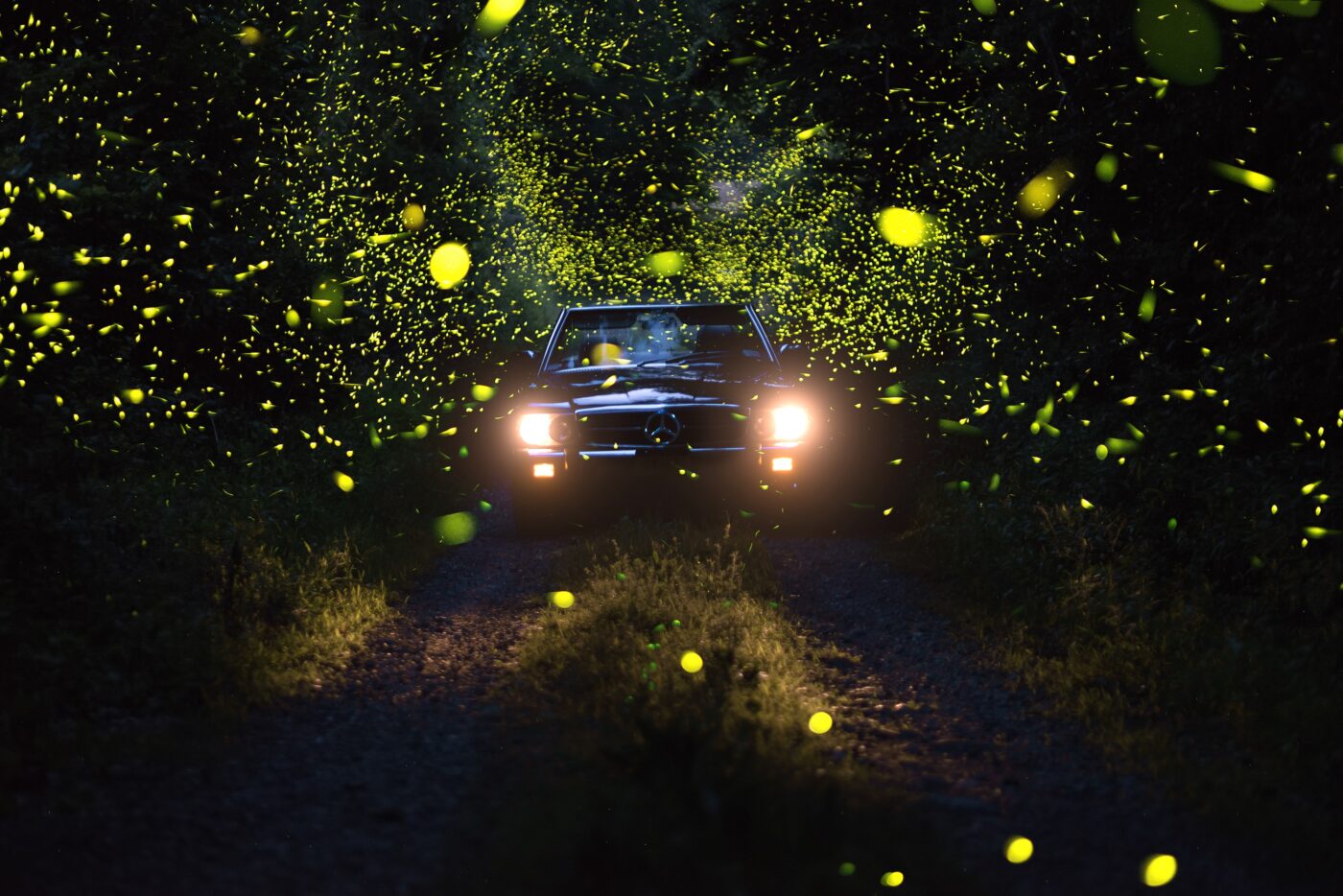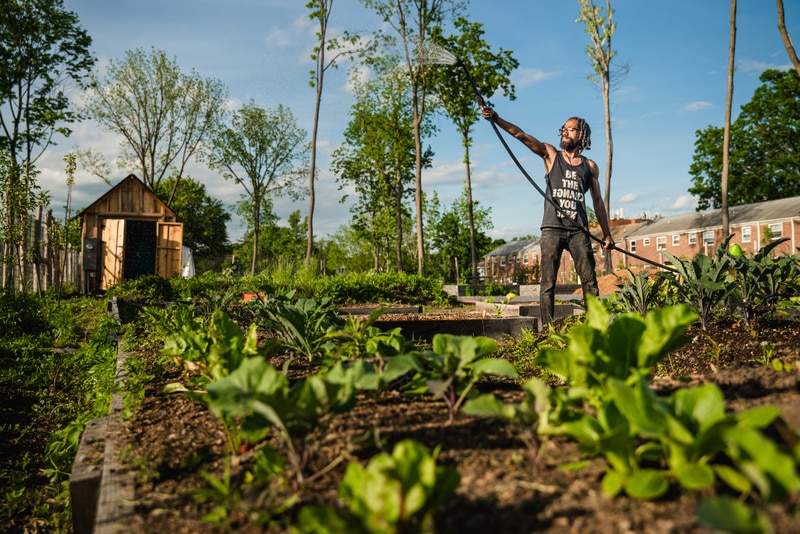“When nature made the blue-bird she wished to propitiate both the sky and the earth, so she gave him the color of the one on his back and the hue of the other on his breast.” —John Burroughs
Spotting a male eastern bluebird adds a special thrill to any outdoor excursion. Its patriotic plumage — vivid blue back, rusty red breast and white belly — makes it one of the most colorful animals in the natural world. Perhaps for this reason, it has the rare honor of being the official bird of two states: New York and Missouri.
While a treat for birdwatchers, the male eastern bluebird’s beauty has a more important function — to attract a female bluebird. To prove he’s a responsible mate, he takes some very rudimentary strides to build a nest in a tree cavity, often a hole created by a woodpecker. He spends most of his time perched near the hole, flapping his azure wings to “hook” an interested female. He leaves it entirely up to her to complete the housekeeping — gathering and fitting together the twigs and grasses to build the cup-shaped nest.
Once the 3 to 7 eggs in a typical brood hatch, the male helps feed the young. The normal bluebird diet consists of insects, fruits and berries, although they have been known to chow down on salamanders, snakes and tree frogs.
Unlike most bird species, eastern bluebirds typically hatch two broods a season. The first batch is pushed out of the nest in the summer. Those born in the second hatching tend to overwinter with their parents. Sadly Eastern bluebirds have a very high mortality rate — most die within the first year of life from starvation, freezing or falling prey to other animals. Still, their overall population has remained relatively stable.
How can you help Eastern bluebirds? If your yard is relatively open — they don’t like shady, forested areas — consider building a nest box. You can find tips for this here. And stop using pesticides: the bluebirds will take care of your lawn’s insects.
